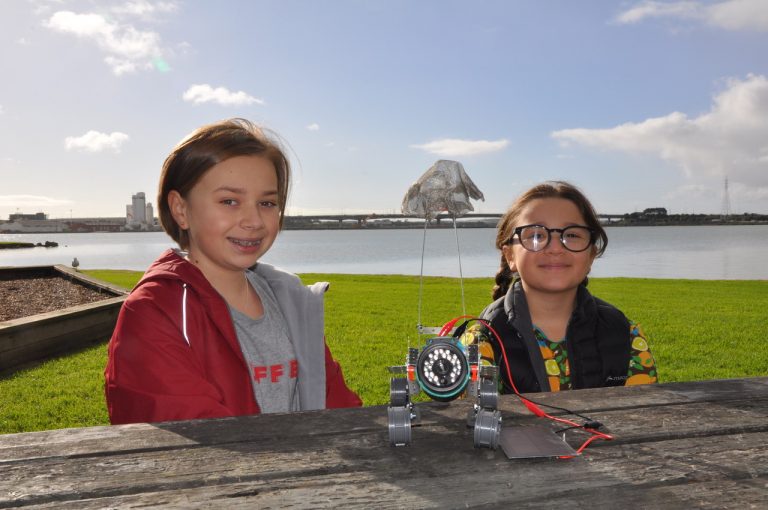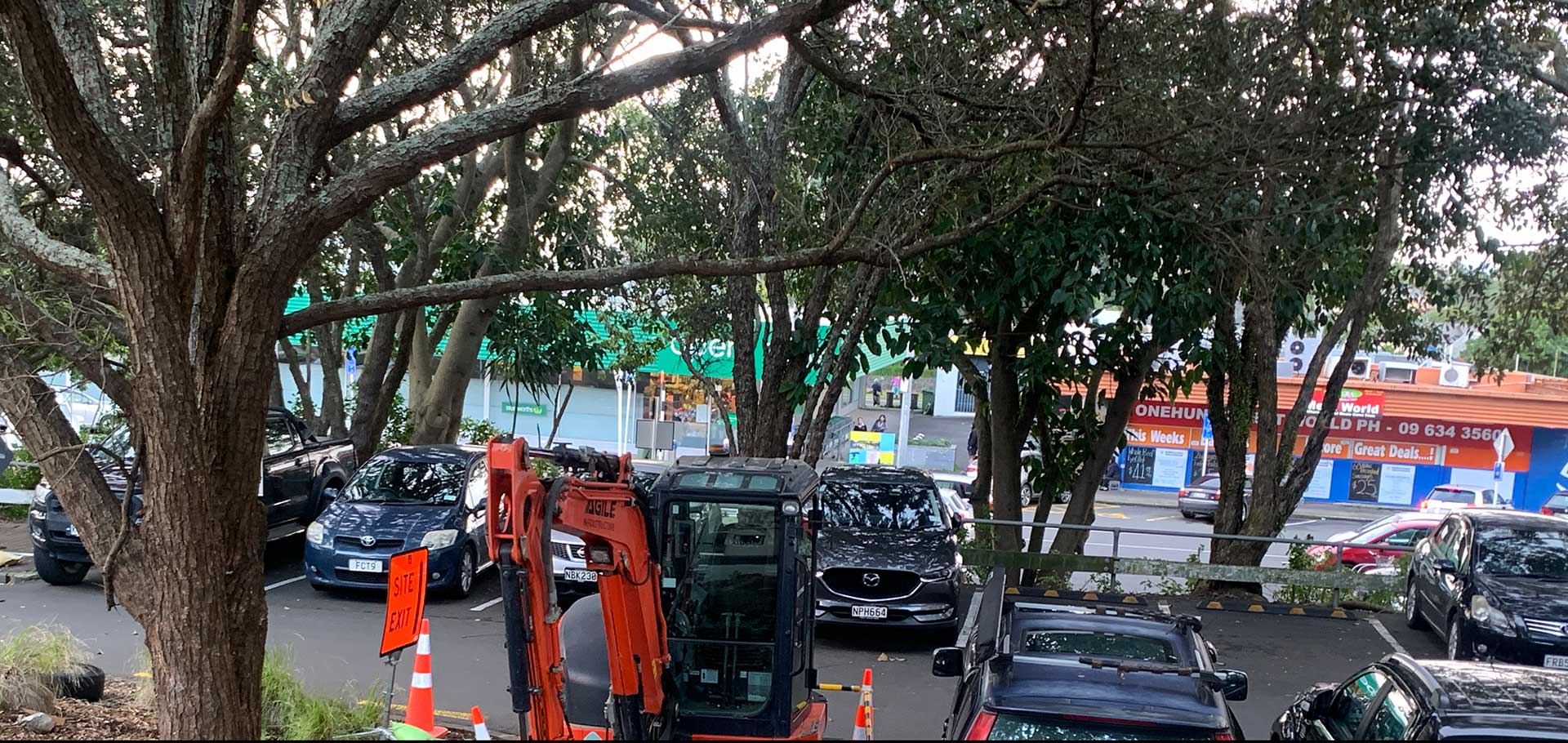Junior scientist skims the surface3 min read
Reading Time: 2 minutesA young Mãngere Bridge resident has been judged the winner of her age-group in this year’s She Can Code competition. The budding young scientist, eight year-old Odette Ala’alatoa-Dale, has invented a Surface-Skimming Net Robot (SSNR), designed to skim off the floating plastics from the water beneath the new Mãngere Bridge.
The She Can Code competition began as an online event in 2018, to celebrate the 125th anniversary of women’s suffrage in Aotearoa. The aim was to get as many females coding as possible, even if they had never coded before. The event was so successful that they decided to run She Can Code every year during Tech Week. This year, the goal was to design a technology solution based on the 17 UN Sustainable Development Goals, including gender quality, quality education, sustainable cities and communities, and life below water.
Odette came up with her idea during lockdown, basing it on the UN development goal of life below water. She was on one of her daily bike rides around the Mãngere Bridge foreshore, with her mum and older sister, when she noticed “lots and lots” of plastic on the shoreline. She says she knew that a local group had already invented a device to sieve plastic out of the sand. “But most of Mãngere Bridge’s beaches are just mud, so it didn’t really work well. So I took their idea, and I combined it with the idea that plastic floats, and I’ve come up with the Kaitiaki SSNR which will pick up plastic from a track that runs underneath the new Mãngere Bridge, using solar panel technology set into the footpath on the bridge.”
Odette’s prototype is simply made with meccano, the netting from a kitchen sieve, and a very small solar panel. She says she was inspired by a French road she saw with solar panels that powered the cars, and investigated further by taking apart a solar panel to see how it worked. “It was hard, but it was all really fun so you didn’t really notice it was hard,” she says.
Mum, Emma, says the competition coincided “very nicely” with lockdown. She says even though Odette was probably one of the youngest participants, “I knew she would take the bull by the horns – and she did. There were a few times she hit a brick wall, but there was very little help from the rest of us.” Odette was, however, helped out by her older sister Jaeda, who did the video footage showing how much work went into it, and covering the points they wanted.
Before the competition, Odette says she wanted to be a police officer, but now she wants to be a scientist or an engineer. She says, “I think sometimes girls wait to feel confident in something before they try it out, but that’s backwards. We need to try things out lots of times and that’s how we get confident, basically mistakes are good and make sure you make heaps of them!”
(Odette (right) and her sister Jaeda with the prototype)



